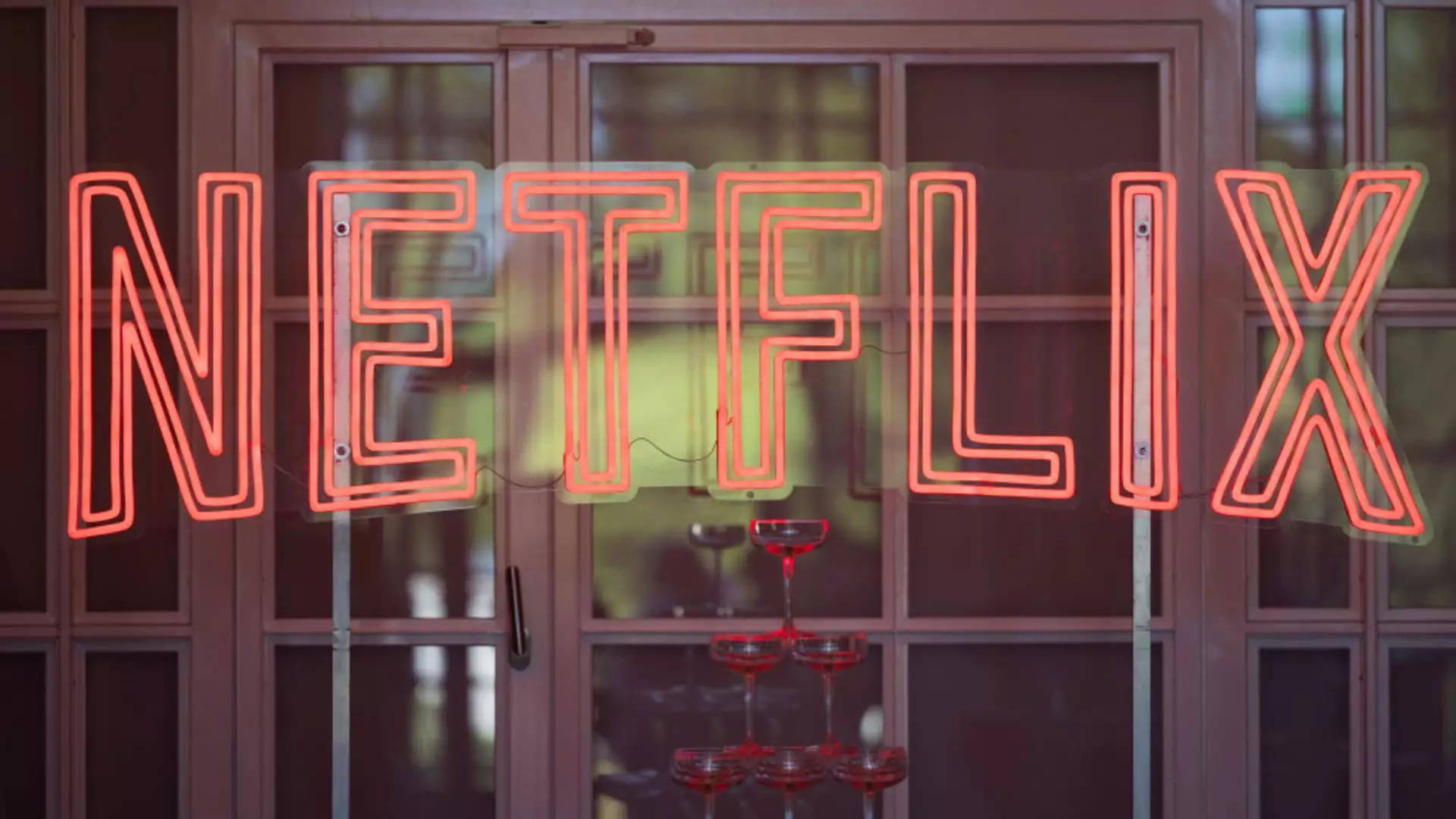Netflix has made a significant announcement that will undoubtedly affect its vast subscriber base. Effective immediately, the streaming titan has decided to increase prices for most of its plans in the United States. The standard plan, once priced at $15.49, will now cost $17.99 per month. Moreover, its ad-supported plan, aimed at budget-conscious viewers, will see a modest increase from $6.99 to $7.99. The premium plan’s price tag will also rise from $22.99 to $24.99. This trend of price hikes is not isolated to Netflix alone; it’s reflective of a broader strategy within the streaming industry, where profitability has become a priority.
Netflix’s decision to raise prices comes as other major streaming services are also adjusting their pricing models. Companies like Disney and Warner Bros. Discovery’s Max have been following suit, making subscription services increasingly expensive for consumers. These corporations appear to be leaning towards higher price points and ad-supported plans, attempting to balance rising operational costs and the need for profitability. The streaming wars are intensifying, with companies exploring various tactics to secure and expand their subscriber bases.
In November 2022, Netflix launched a cheaper, ad-supported plan to counter stagnating subscriber growth. This strategic move was met with a positive market response, and by November, the platform reported reaching an impressive 70 million global monthly users on those lower-tier plans. Besides attempting to onboard new subscribers, Netflix has actively pursued strategies like cracking down on password sharing, which has been a common practice among users. The recent announcement also included an increase in the cost for extra members on standard plans without commercials, highlighting the company’s continued initiative to monetize its service further.
As Netflix implements these price hikes, consumers find themselves grappling with higher monthly bills. While some may be willing to pay for the convenience and content offered, others might consider alternatives. With many options available, viewers are now faced with the tough decision of whether to stick with Netflix or shift to other services that might offer better value. Moreover, the potential for subscriber fatigue is real; as costs rise, users may begin to reassess their streaming subscriptions, leading to possible churn in Netflix’s otherwise strong subscriber base.
Netflix’s recent price adjustments and introduction of new plans reflect an ever-changing landscape in the streaming industry. As the platform pushes to exceed 300 million subscribers, the question remains whether these price changes will alienate users or strengthen its business model. The surge in paid memberships reported during the fourth quarter suggests initial success, but the long-term viability of such strategies remains to be seen. As consumers weigh their options amidst a myriad of choices and potential price increases, the competition within the streaming space promises to become even more intense in the coming years.

Leave a Reply